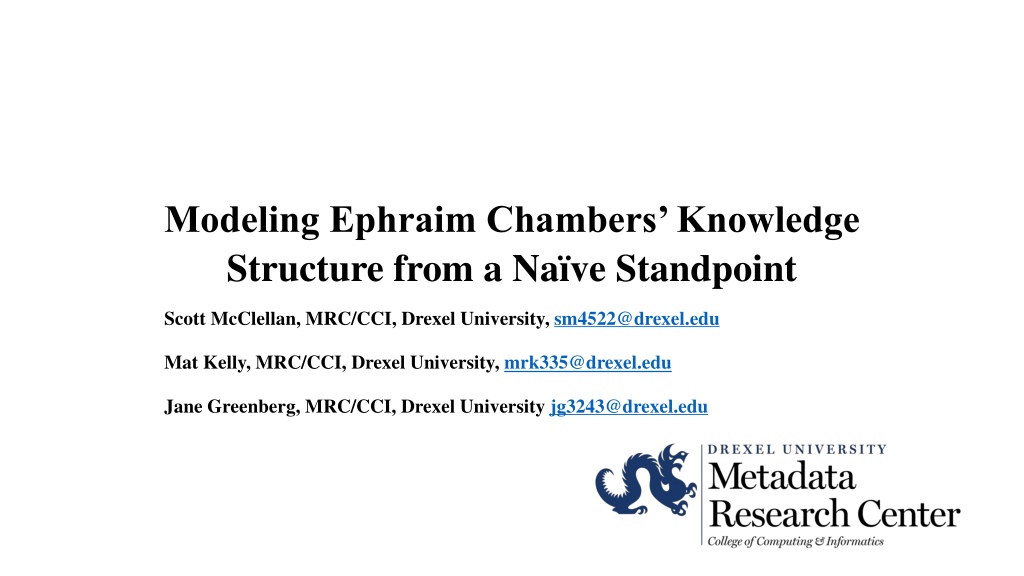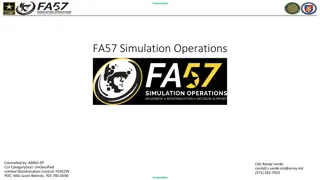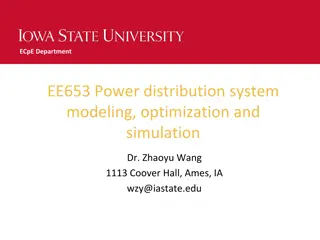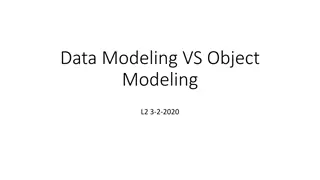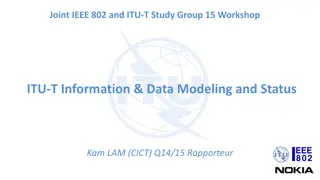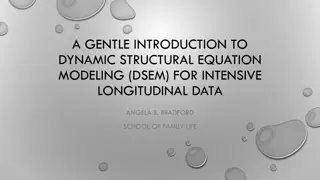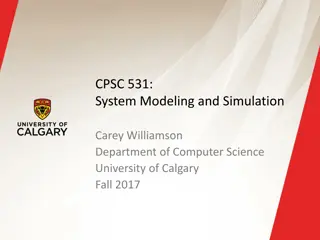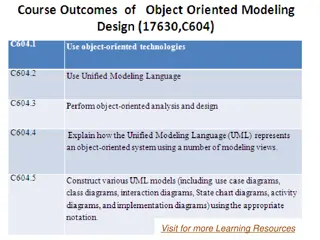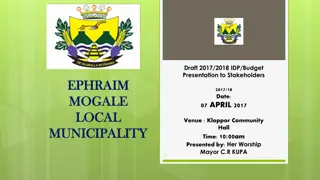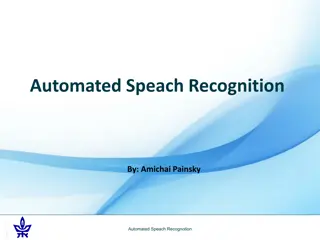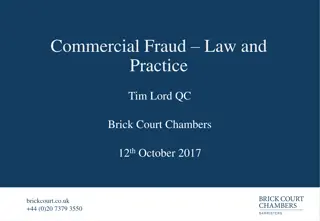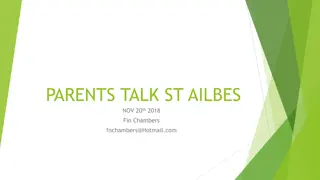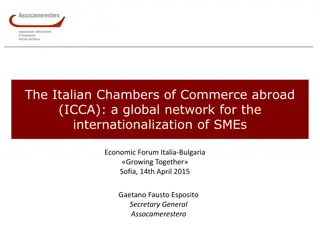Knowledge Structure: Modeling Ephraim Chambers' Approach
Explore the significance of Chambers' Cyclopaedia published in 1728, focusing on its taxonomic tree structure and domain vocabulary. Learn about naive vs. informed modeling, the role of a Thesaurus/Ontology in expressing hierarchy, and the implications of talk exchanges in understanding knowledge structures.
Download Presentation

Please find below an Image/Link to download the presentation.
The content on the website is provided AS IS for your information and personal use only. It may not be sold, licensed, or shared on other websites without obtaining consent from the author. Download presentation by click this link. If you encounter any issues during the download, it is possible that the publisher has removed the file from their server.
E N D
Presentation Transcript
Modeling Ephraim Chambers Knowledge Structure from a Na ve Standpoint Scott McClellan, MRC/CCI, Drexel University, sm4522@drexel.edu Mat Kelly, MRC/CCI, Drexel University, mrk335@drexel.edu Jane Greenberg, MRC/CCI, Drexel University jg3243@drexel.edu
Overview What is Chambers Cyclopaedia? And why is it important? Na ve vs Informed Modeling Modeling Thesaurus Ontology Implicature Conclusions Modeling Ephraim Chambers Knowledge Structure from a Na ve Standpoint 2
Chambers Cyclopaedia Published 1728 Preface lays out knowledge structure Taxonomic tree Domain vocabulary Taxonomic graphically represents abstract knowledge Lowest nodes of the tree are (mostly) the domain vocabulary headwords Domain vocabulary Structured sets of related terms Modeling Ephraim Chambers Knowledge Structure from a Na ve Standpoint 3
Taxonomic Tree Domain Vocabulary (Example) Modeling Ephraim Chambers Knowledge Structure from a Na ve Standpoint 4
Nave vs Informed Modeling What is meant by na ve: Less knowledge about underlying subject Less access to a subject matter expert Less familiarity with system of expression Spectrum Modelers vary in degrees of expertise and naivete Crossover skills Language Adjacent Studies Modeling Ephraim Chambers Knowledge Structure from a Na ve Standpoint 5
Thesaurus/Ontology Thesaurus Ontology Expresses basic hierarchy well Easier to reconcile logical inconsistencies, e.g., duplicate terms Describes domain vocabulary well More robust class and sub-class descriptions Expresses complex connections between and across classes Incorporates taxonomic tree structure Pro Facets sometimes difficult to describe Relationships tend to be less expressive Model relies on greater understanding of logic Tend to be more interpretive than descriptive Con Modeling Ephraim Chambers Knowledge Structure from a Na ve Standpoint 6
Implicature Our talk exchanges do not normally consist of a succession of disconnected remarks and would not be rational if they did. They are characteristically, to some degree at least, cooperative efforts; and each participant recognizes in them, to some extent, a common purpose or set of purposes, or at least a mutually accepted direction Paul Grice, Studies in the Ways of Words, 26 Attempts to understand how participants in a conversation derive meaning from each others utterances based upon situation and environment Modified Occam s Razor: Try not to allow meaning to proliferate Lack of a physical second actor complicates the theory Modeling Ephraim Chambers Knowledge Structure from a Na ve Standpoint 7
Implicature Continued Applying the theory to Chambers vocabulary Descriptive connectors Typographical features Shared language (for English speakers) Well adapted for more descriptive knowledge organizations (e.g., thesaurus) Problematic Points Subtle shifts in language usage across time Lack of deictic markers in places Less useful in low-context situations (e.g., taxonomic tree) Modeling Ephraim Chambers Knowledge Structure from a Na ve Standpoint 8
Conclusions Information needs of the end user define the best model Encoding in Simple Knowledge Organizing System (SKOS) Integration into the Metadata Research Center s Helping Interdisciplinary Vocabulary Engineering (HIVE) application Continued research with the 19th Century Knowledge Project and persistent identifiers for computational vocabulary work Modeling Ephraim Chambers Knowledge Structure from a Na ve Standpoint 9
Acknowledgements Joseph Tennis & Christopher Hodges, top-level SKOS encoding Sam Grabus & Jane Lippman, extended SKOS encoding Peter Logan, PI 19th Century Knowledge Project Grice, P. (1989) Studies in the ways of words. Harvard: Cambridge. Modeling Ephraim Chambers Knowledge Structure from a Na ve Standpoint 10
